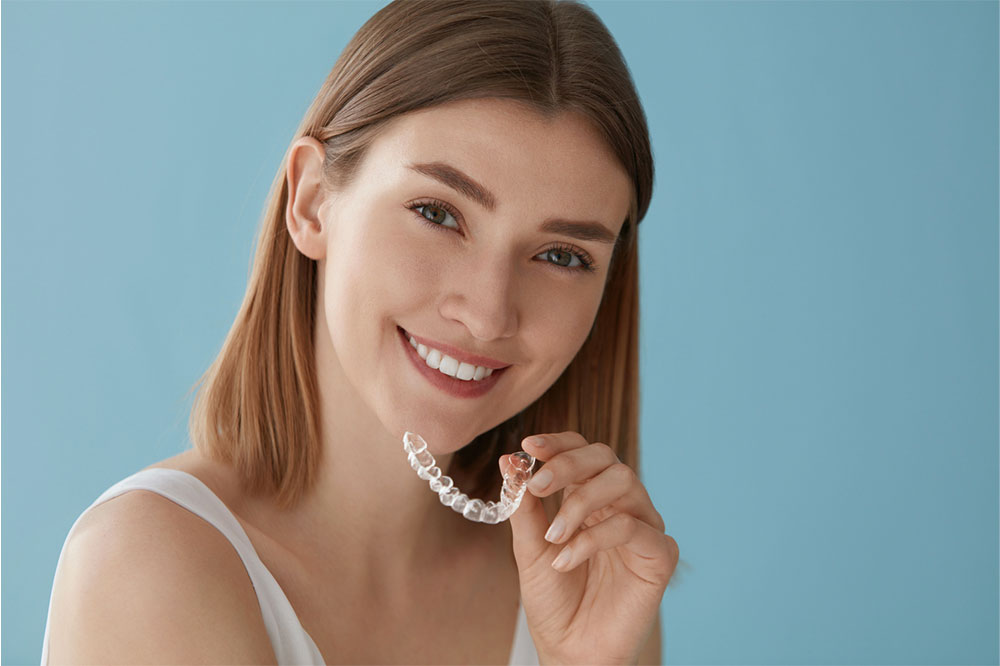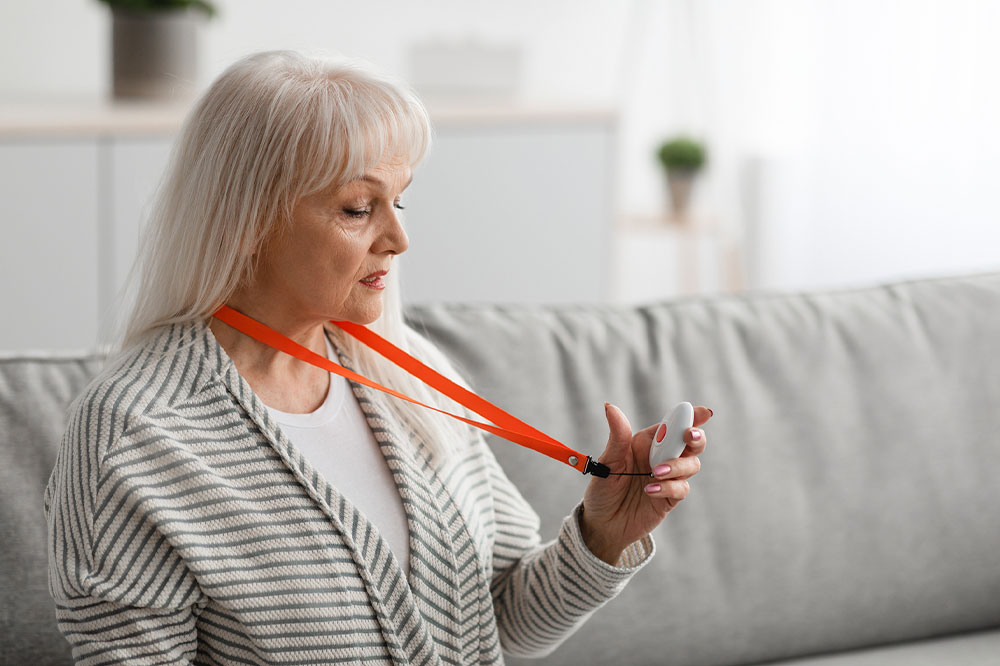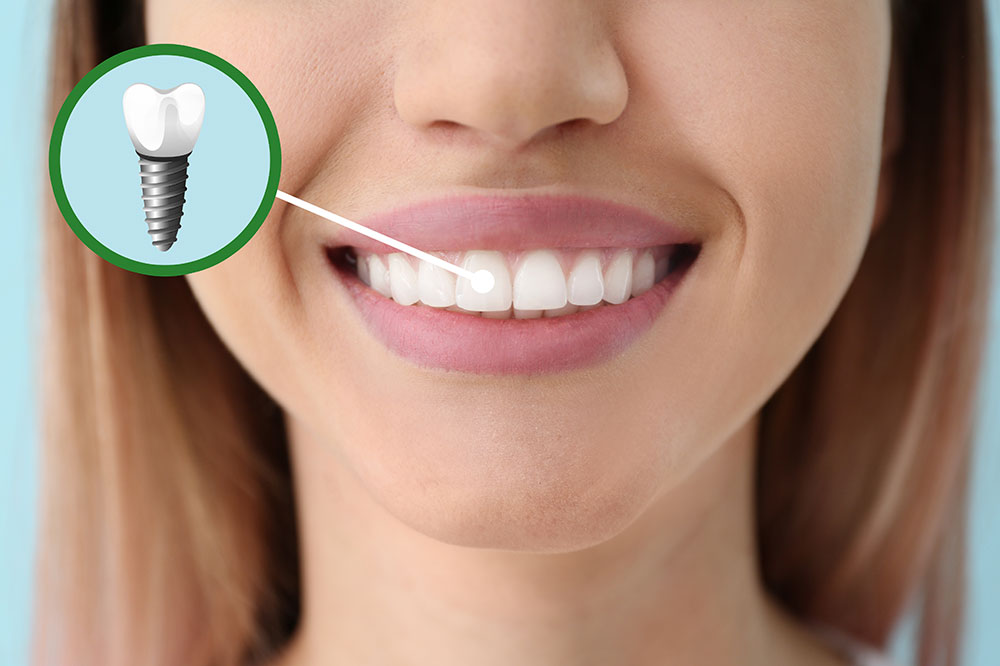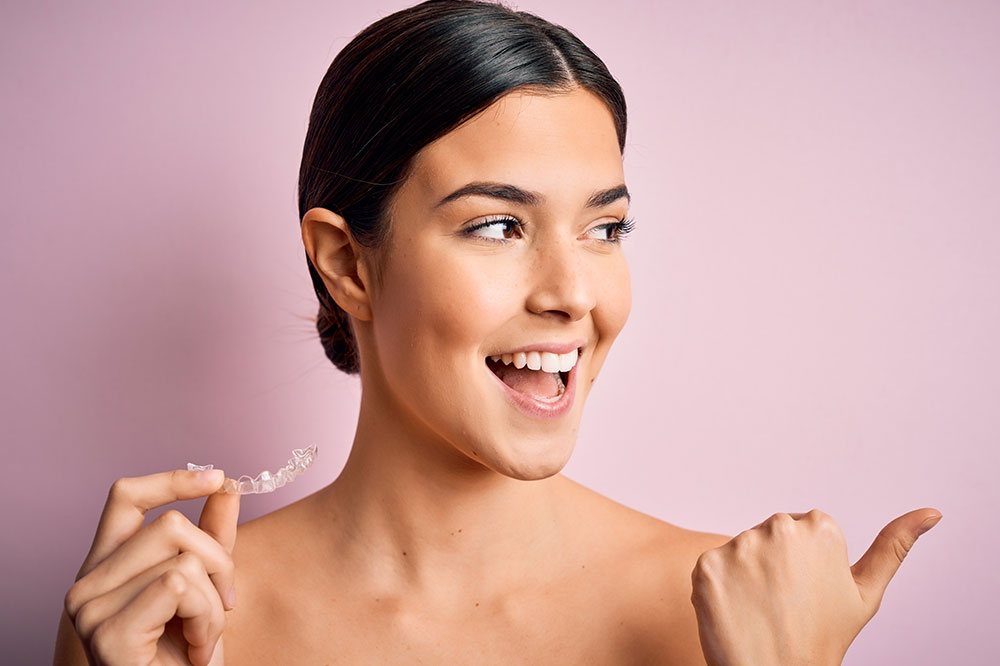Home Remedies That Help Stop a Runny Nose
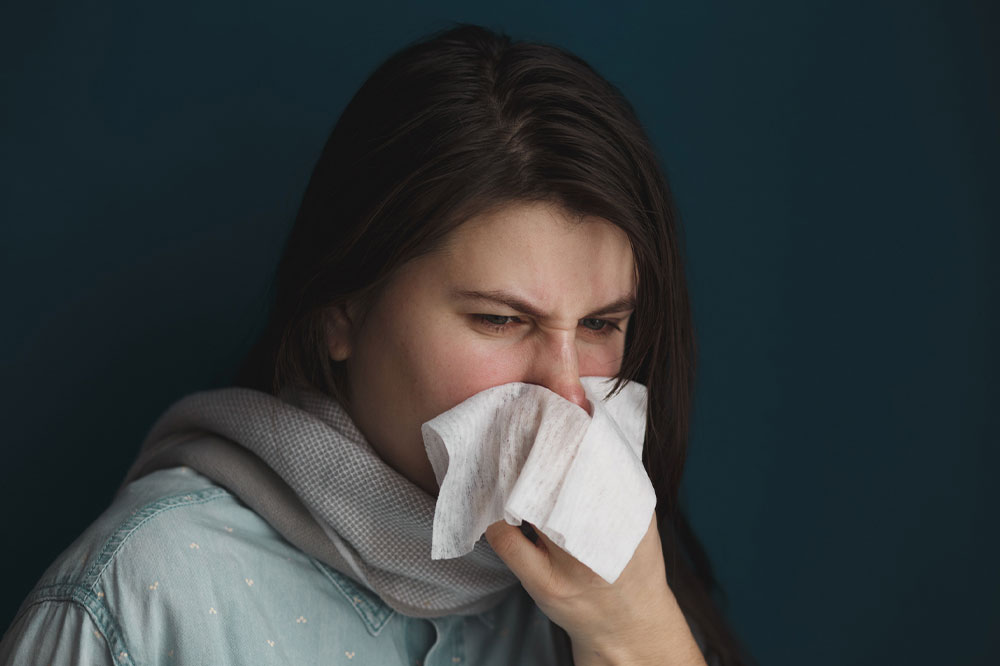
Viral infections like the common cold and flu can cause a runny nose . It could also be a symptom of an allergic reaction caused by exposure to cold or hot weather, inhaling dust from the air, or certain smells. Whatever the reason, you can treat the problem easily using simple natural or home remedies in most cases. Here are a few helpful tips on how to stop a runny nose.
Drink warm fluids
Warm fluids soothe the inflamed lining of the throat and nose and relieve congestion. While plain warm water is adequate, you can have homemade chicken soup or chicken broth, as these have compounds that effectively fight a runny nose. However, avoid liquids that aggravate membranes in the throat and nasal passages.
Try steam inhalation
Steam inhalation is a traditional method for relieving congestion. Use a water steamer or hold your head over a pot of boiling water and slowly inhale the vapors. Adding some ginger or garlic to the boiling water is more helpful in loosening the mucus in the nose. Apart from being an excellent home remedy to stop a runny nose, inhaling steam is beneficial for treating cough and nasal allergies.
Use saltwater rinse
Saltwater rinse, traditionally known as “neti pot,” helps decongest the nasal tract. Mix three parts of iodine-free salt with one part of baking soda. Then add a teaspoon of the mix to a glass of lukewarm water and pour the water into a bulb syringe. Gently squirt the mixture into one nostril while ensuring the other is closed. Repeat the procedure for the other nostril after the solution drains. Make sure to use boiled water for the mixture to avoid the aggravation of infection. Also, clean and air dry the bulb after every use.
Have green tea
There are many healthy homemade tea recipes, but green tea is the best for treating a runny nose . It has many antioxidant and anti-inflammatory compounds. Add a teaspoon of ginger, a peel of any citrus fruit (preferably lemon), and green tea to a pot of water. Bring the water to a boil and pour the tea into a cup. Drink it twice a day. Since ginger has a strong flavor, it is recommended to use it as per taste and preference. Apart from using orange or lemon in teas, you can eat these fruits for an extra dose of immunity-boosting vitamin C.
Eat these foods
Some foods have properties that can relieve inflamed sinuses and help in your fight to stop a runny nose. The following are a few examples:
Garlic
Garlic, crushed or chopped, releases an enzyme that has antibacterial and antiviral properties. Adding it to the daily meals, including soups, dressing, and salads, can relieve the common cold and flu symptoms. Garlic is also among the most effective decongesting foods.
Horseradish
Another food that can provide instant relief from nasal congestion is horseradish. The root is full of minerals and antioxidants. But although it has many benefits, horseradish may leave a little tingling sensation in the nasal region. Also, be careful with how much you eat since it has a very sharp and hot taste.
Ginger
Ginger adds flavor to the food and is also very healthy, thanks to its anti-inflammatory and antibacterial properties. It is one of the best options if you are looking for remedies to stop a runny nose. The spice helps treat many ailments, including cough, sore throat, and nasal congestion. You can add it to gravies, soups, stews, and even tea.
Onions
Spicy and pungent onions can instantly drain the sinuses. Even if you do not eat onions, simply slicing and smelling them can produce a liquid to clean up the nasal passages. Onions also contain a natural element that lowers inflammation. The best part is that they are pretty versatile, so you can add them to soups, stews, stir fries, curries, and even salads.
Mustard
A flavorsome condiment, mustard is another effective decongesting food for a stuffy or runny nose. It is also loaded with numerous nutrients, including vitamins, minerals, and antioxidants that boost the immune system. Remember that the spicier and browner the mustard, the more effective it is in treating respiratory symptoms.
Chili peppers
Chili peppers contain a natural compound called capsaicin, which can open nasal passages, providing relief from a stuffy nose. However, they are extremely hot, making them suitable only for those with a high spice tolerance. You can add chili peppers to salsas, dips, and sauces.
Avoid these foods
Certain foods can make it hard to stop a runny nose and even worsen it. Further, specific food allergies can trigger respiratory symptoms. Therefore, it is advisable to avoid the following:
Refined sugar
Refined sugar can lower the body’s immunity, making it hard to fight the common cold and flu. Moreover, it can make the body vulnerable to bacterial infection. A few options to avoid include soda, candy bars, store-bought baked goods, cookies, canned fruit, and processed meat.
Soy
Soy is a good substitute for milk in most cases, but it can overload the mucus membranes and increase mucus in the body. Some people are also allergic to soy and develop a runny nose and other symptoms after eating soy-based foods or drinking soy milk.
Caffeinated drinks
Beverages with excess caffeine and sugar also affect the immune system. Caffeine, in particular, can affect the adrenal glands. Weak adrenal glands lower the body’s defense against mucus build-up. Hence, it is recommended to avoid coffee and other caffeine-based foods and drinks, especially when dealing with nasal congestion.

